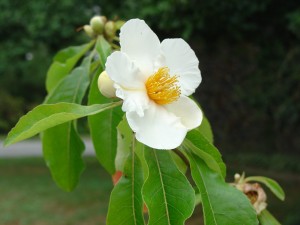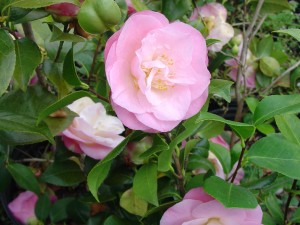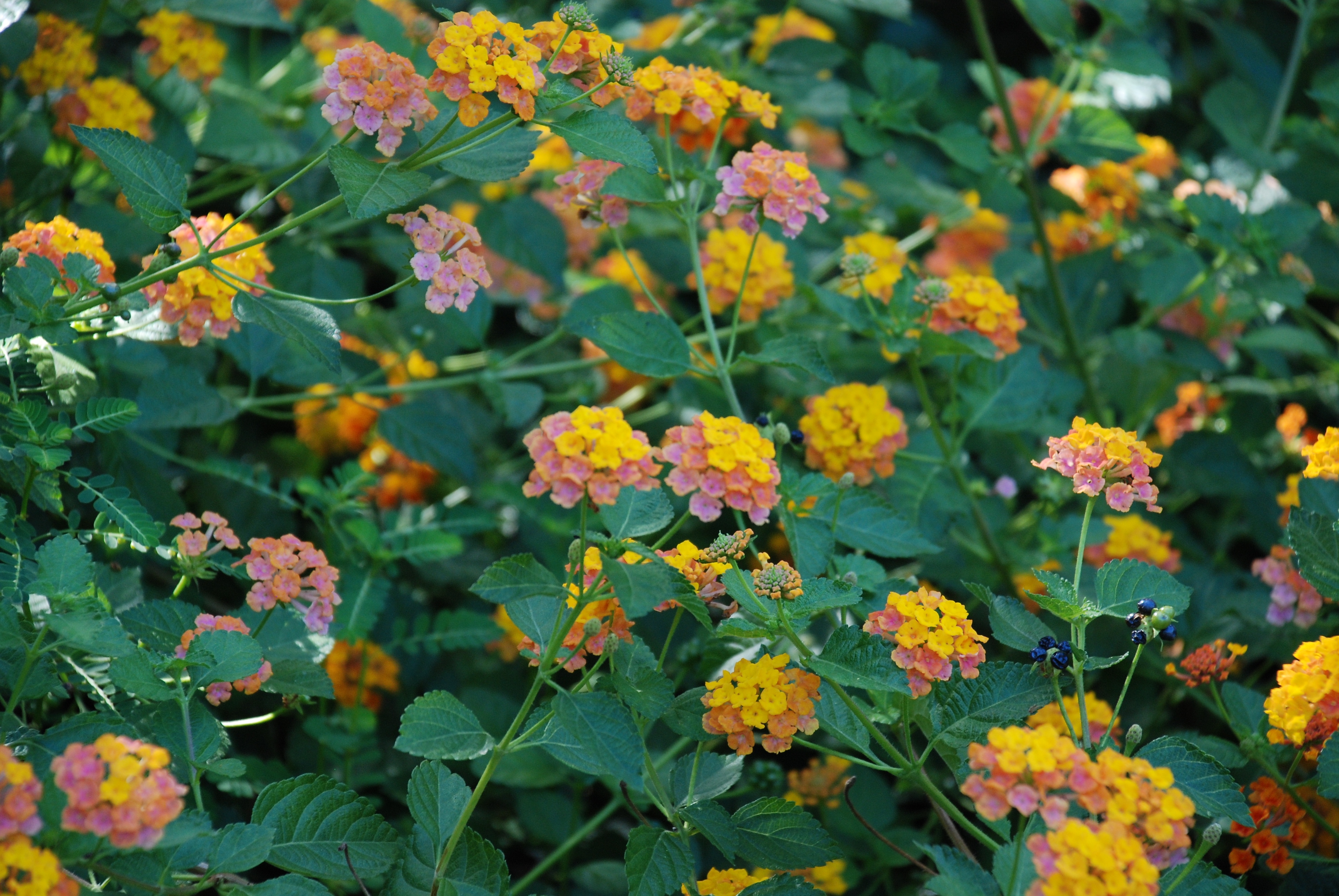
To grow pansies successfully, follow this four- step program. Start with: Purchasing healthy plants Planting by mid-October or earlier Watering in the fall and winter as needed Fertilizing monthly through the winter and spring months. Shop for vigorous dark green plants at local greenhouses and garden centers. Closely inspect for lots of white growing roots. […]

 Posted in
Posted in 


 Tags:
Tags: 


